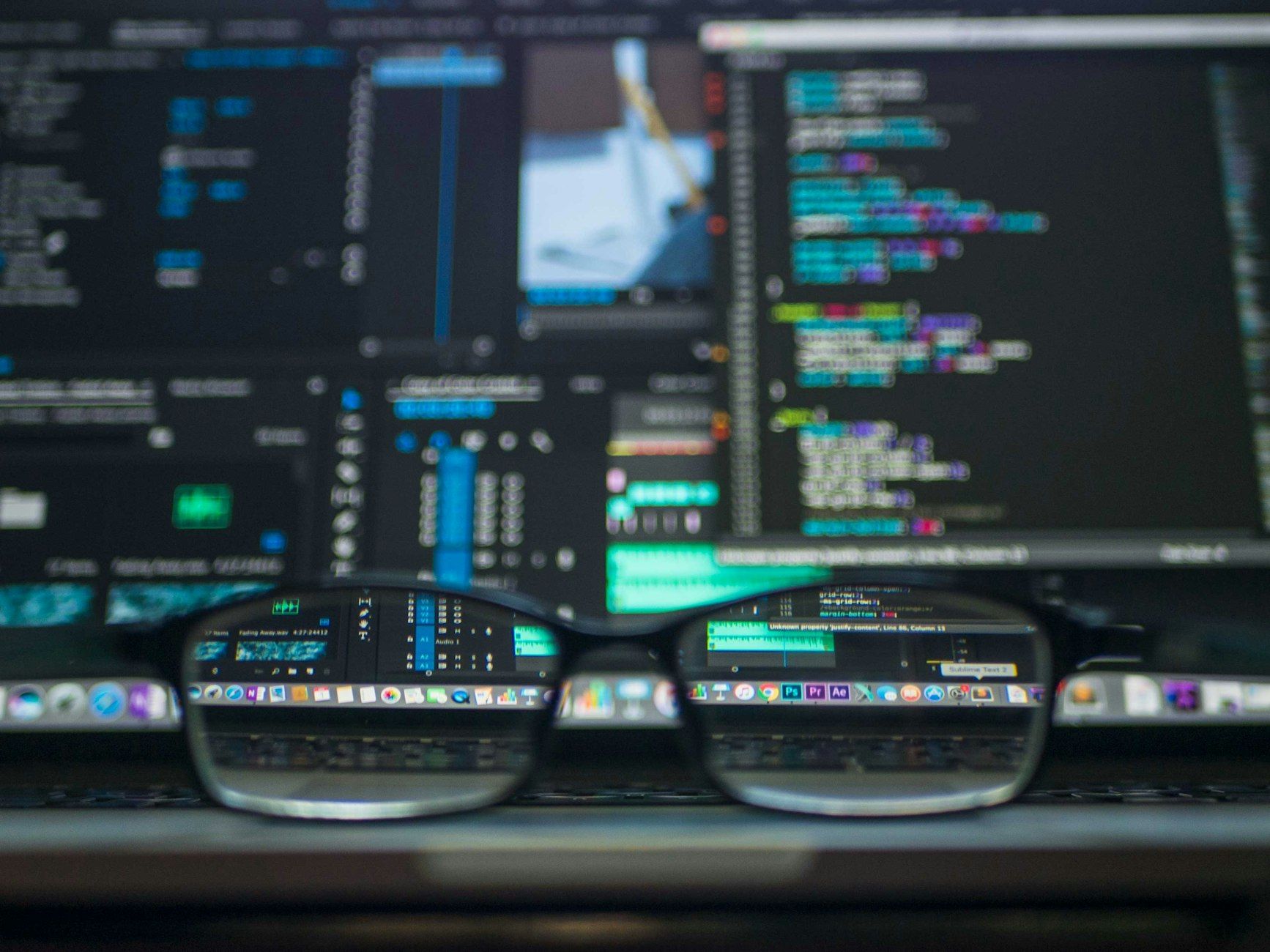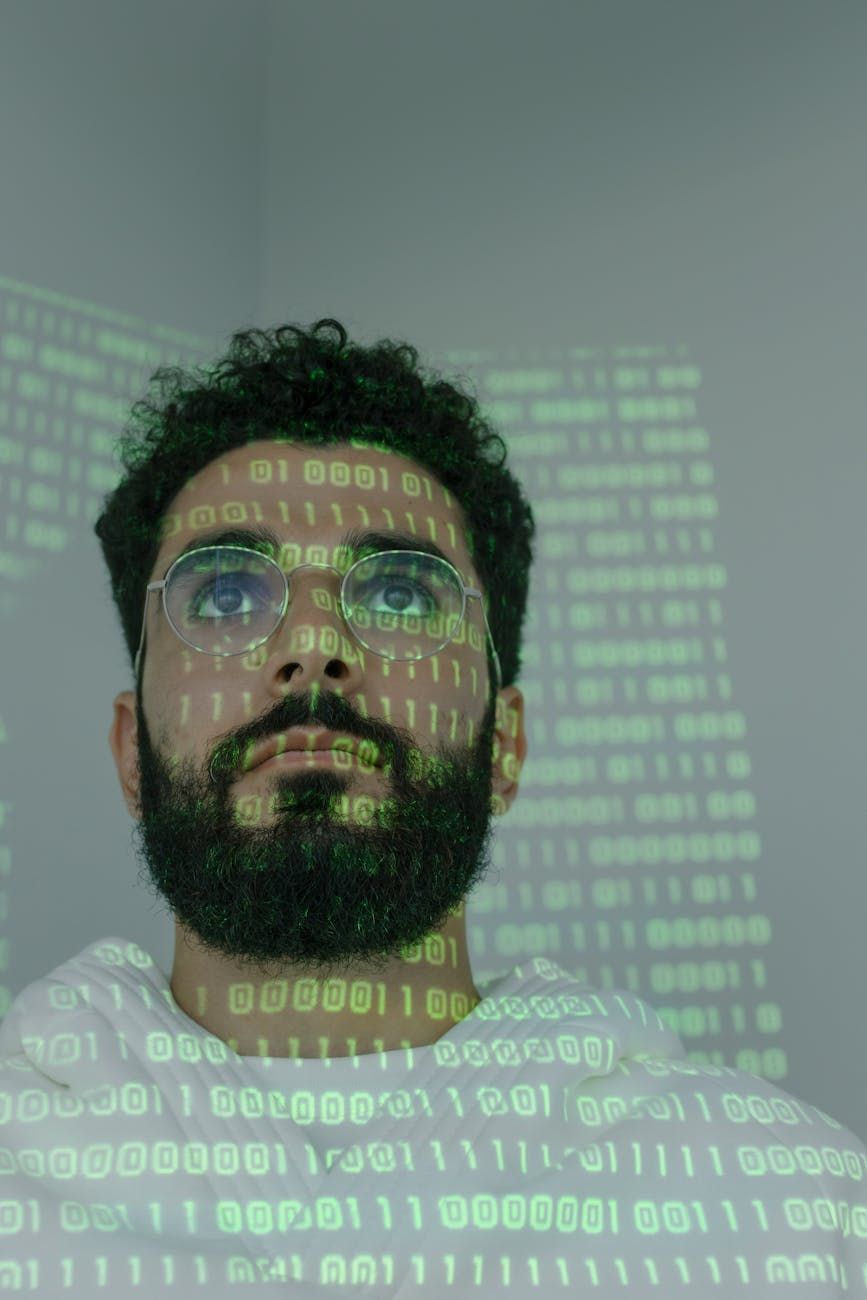Behind the Code: The Human Side of Software Engineering



Welcome to the world of software engineering — a realm where lines of code come to life, algorithms shape our digital reality, and innovation knows no bounds. Every keystroke contributes to the architecture of the modern world, powering the apps we use, the systems that keep industries running, and the technology that connects humanity. Yet, beyond the syntax, frameworks, and compilers lies a crucial, often overlooked dimension — the human side of coding.
Software engineering isn’t merely about writing efficient code; it’s about understanding the intricate dance between technology and human ingenuity. It’s where logic meets emotion, structure meets imagination, and precision meets empathy. This fusion of analytical thinking and creative problem-solving forms the very essence of developer culture — a space where innovation thrives through curiosity, collaboration, and the relentless pursuit of improvement.
At the heart of every successful software project lies team collaboration. Coding is rarely a solitary endeavor. It flourishes through late-night brainstorming sessions, whiteboard sketches filled with possibilities, and the quiet satisfaction of solving a bug that once seemed impossible. Behind every seamless digital product stands a team of dedicated individuals — engineers, designers, testers, and product managers — each bringing their unique strengths, perspectives, and passions to the table.
The software development process itself mirrors a journey of self-discovery. It challenges developers to think beyond the obvious, to question existing norms, and to approach problems from multiple angles. Each sprint, commit, and deployment represents not just progress in code but growth in mindset. The process teaches resilience — to handle failures gracefully, to learn from mistakes, and to continuously evolve with the ever-changing technological landscape.
In this dynamic ecosystem, emotional intelligence plays a pivotal role. It’s what enables developers to navigate complex team dynamics, communicate effectively, and remain adaptable under pressure. Understanding code is one thing; understanding people — their motivations, frustrations, and aspirations — is what transforms a good engineer into a great one. Emotional awareness fosters empathy, patience, and collaboration, which are essential for creating software that truly resonates with users.
The workplace dynamics within software teams are a delicate balance of deadlines, innovation, and interpersonal growth. Great software emerges in environments that nurture creativity, encourage experimentation, and embrace failure as a stepping stone to success. It’s about fostering a culture where ideas can flourish freely, diversity is celebrated as a strength, and every voice is heard and valued.
Coding itself is not just a technical skill; it’s an art form. It’s about transforming abstract ideas into tangible experiences, solving real-world problems with elegance, and pushing the boundaries of what’s possible. Great code doesn’t just function — it communicates clarity, intention, and care. It’s a reflection of the developer’s creativity, logic, and passion combined.
Ultimately, human factors in engineering remind us that software exists for people. Every line of code, every interface, and every interaction is designed to enhance someone’s life in some way. Whether it’s making a process faster, a task easier, or an experience more enjoyable, the human impact remains the ultimate goal.
So, the next time you embark on a coding journey, remember: behind every function, class, and algorithm lies the human touch — the curiosity, creativity, and compassion that turn logic into life. Software engineering isn’t just a profession — it’s a reflection of our shared humanity, written in code.




